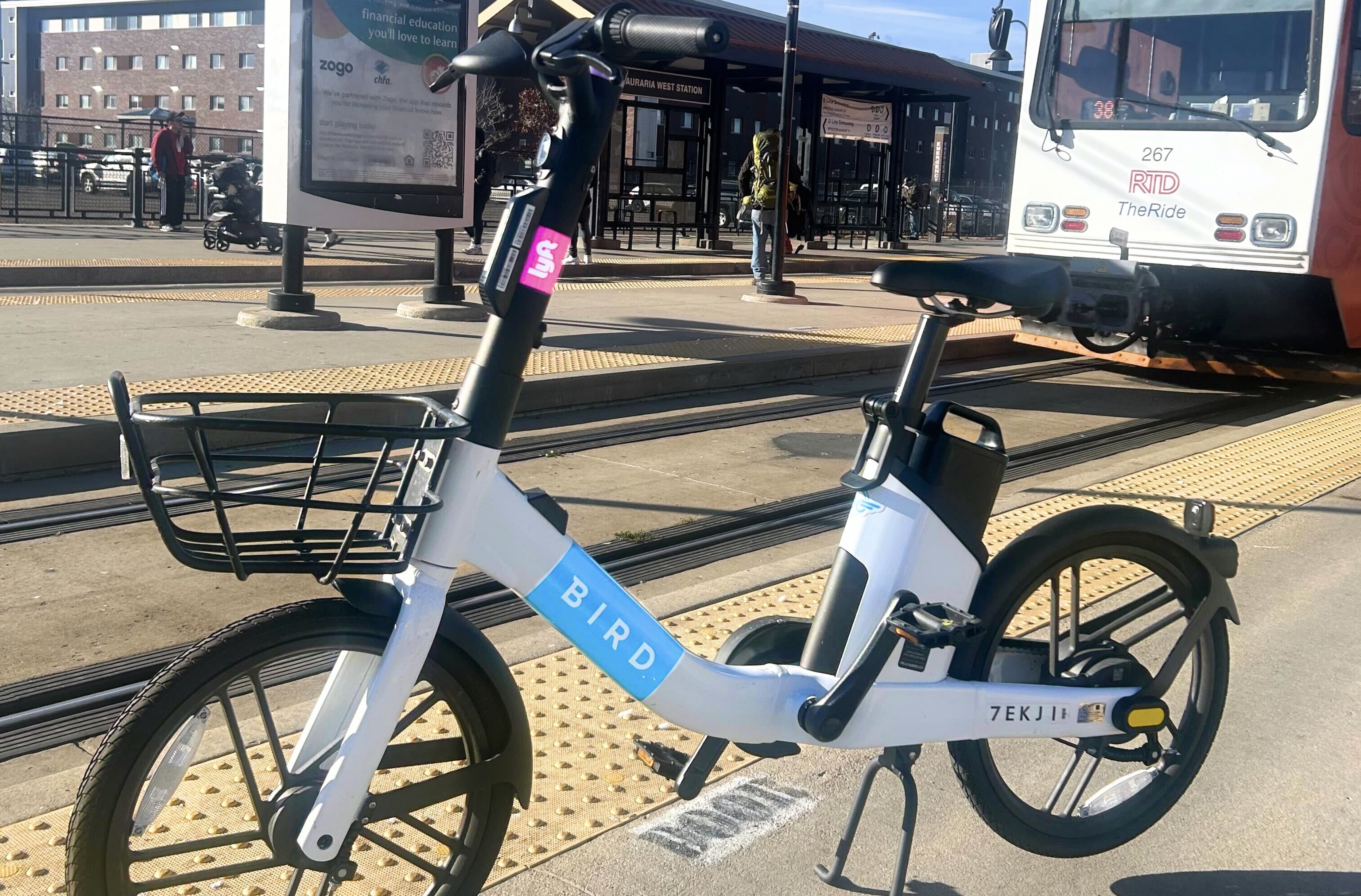This story is presented by Micromobility Industries x Twilio
It feels like almost every day a new startup comes along offering app-based scooter rentals.
Maybe the reason why so many entrepreneurs think they can break into this business is that getting started seems easy: Raise some capital, order a bunch of electric scooters from China, slap on the IoT modules, build the app, pick out a catchy four-letter name, and boom, you’re ready to roll, right?
Not exactly.
A lot goes into deploying and managing a fleet of global connected devices that move around frequently, and a lot can go wrong if it is not done properly.
Communications development platform Twilio, one of the world’s largest cellular connectivity providers for micromobility, understands the burgeoning scooter industry better than most.
To make sense of the global cellular landscape, we spoke to IoT experts at Twilio and leading micromobility companies about the process of scaling connectivity for a scooter startup.
Here is what they told us.
Build
As with any hardware product, the first step in building a micromobility business is figuring out the supply chain. From the IoT side, that means sourcing SIM cards to the factory that will enable the scooters to connect to a server and exchange data.
In a fast-growing and competitive industry like micromobility, speed to market is everything, so the trick for IoT providers is to figure out how to deliver the SIMs with both agility and reliability.
“Speed is important to us because we have contracts with cities and we have to deliver the vehicles on time,” says Li Zhou, chief technical officer at the scooter startup Veoride. Zhou appreciates that Twilio allows Veoride to order SIMs and select rate plans through a dashboard, then have them shipped straight to the manufacturer in as few as three days.
“We pride ourselves on that,” says Evan Cummack, general manager of IoT at Twilio, “It’s an Amazon Prime–style experience: no NDAs, no contracts, no privacy negotiations.”
Once the shipment arrives, Twilio’s APIs can streamline quality assurance by allowing the customer to activate and test the SIMs while they are still in the factory, reducing the likelihood of technical difficulties later on.
Deploy
The next step is getting the vehicles up and running.
From a connectivity standpoint, the most efficient way to launch to market is with a global cellular platform, which allows a micromobility startup to deploy in multiple countries without having to negotiate separate rates and agreements with different carriers in each.
That flexibility is a godsend for global companies that have to frequently migrate scooters between cities for expansions or seasonal adjustments, says Lime tech lead manager Dr. Mu Qiao, who relies on Twilio’s more-than-180-country network to manage his fleet. “We don’t have to worry about moving a U.S. scooter to, say, Latin America,” he notes, “You start the scooter and it works.”
Scale
After deployment comes the truly daunting part: fleet management. How do you keep track of hundreds or thousands of scooters scattered all over the world to ensure everything is working fine?
A console with a global fleet view is critical for micromobilty providers to keep an eye on data use. With Twilio, customers can manage the entire SIM lifecycle—including activating, deactivating, and adjusting data rate plans at the fleet and individual vehicle level—through a single console. Twilio’s console also flags the highest-spending SIMs to give customers a sense if anything is going wrong.
“The console makes it easy for people with different roles within the company to use the software,” says Qiao. “I recommend product managers or engineers who do not have a deep technological understanding of the software use it because it’s easy.” Customers can also use their existing apps and softwares to call Twilio’s APIs to manage the SIM lifecycle, and in doing so, automate processes like activation and deactivation.
Equally important for micromobility operators is choosing a connectivity partner that develops tools for industry-specific challenges such as seasonality.
In winter, when there is less demand for scooters, micromobility companies typically warehouse part of their fleets, during which time their SIMs continue to incur data costs, like a cellular plan. For this scenario, Twilio offers an API to suspend data use for mothballed devices until they are reactivated.
Another distinct problem for the scooter business is theft. It’s not uncommon for a vehicle to be stolen and have its SIM card removed to be used in another device. For this challenge, Twilio built an automated feature that scans customers’ fleets to detect for patterns of stolen SIMs, then deactivates them. While the provider may not get its hardware back, at least it won’t be stuck paying for the thieves' data.
When it comes to IoT, what scooter startups really want above all else is simplicity, for everything to just work. Launching a global business of rentable, free-floating vehicles may seem easy from a distance, but on the ground, it’s a herculean effort. The last thing these companies want to worry about is faulty SIMs, foul play, and cellular outages.
And that’s where working with an experienced cellular connectivity provider makes sense. A strong IoT partner can offer more than SIM cards and data plans. It can also be a source of knowledge for helping scooter startups break logjams and move at full speed.
As Qiao puts it, “The support and expertise we have access to with Twilio really goes a long way.”

.svg)
%2Bcopy.jpeg)

.jpg)
.svg)












